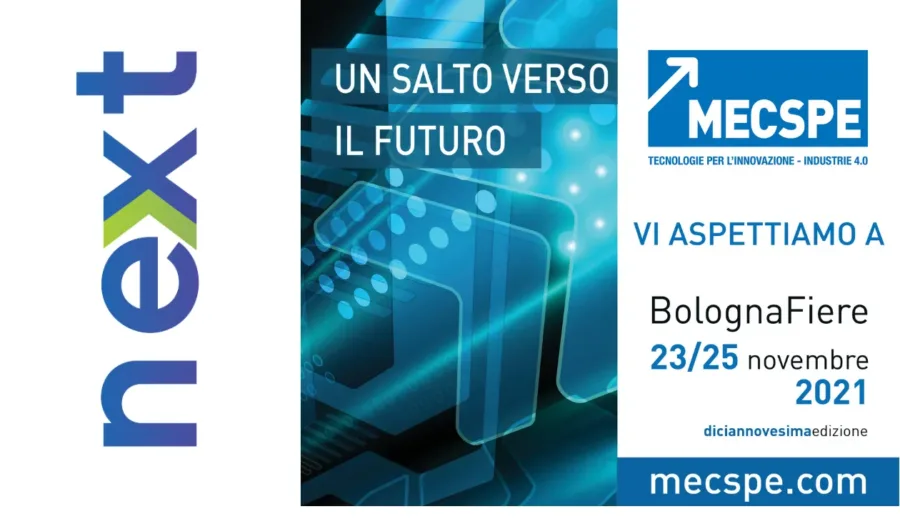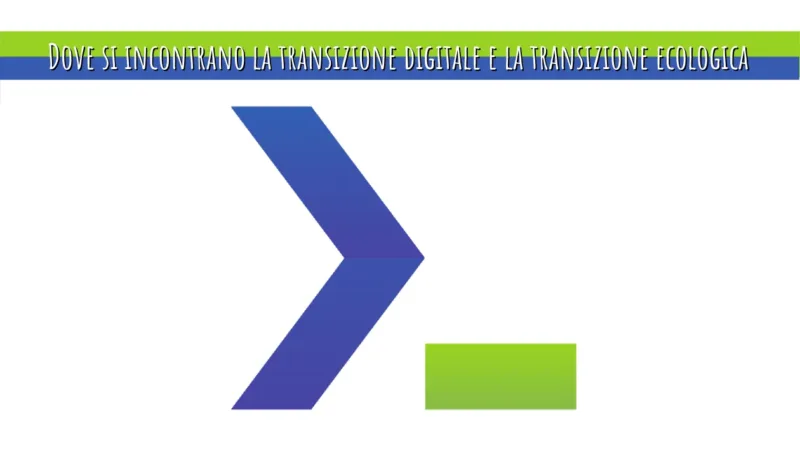Negli ultimi tempi, forse complice il periodo che stiamo vivendo, in cui “monitorare” è forse tra le parole che sentiamo più spesso quotidianamente, si fa un gran parlare dell’approccio data driven.
A tutti i livelli: dal marketing, al design, nella ricerca e sviluppo,.. in produzione.
Data driven, letteralmente, significa generare processi decisionali basati sulle informazioni derivanti dai dati acquisiti.
In realtà non è un approccio nuovo (o non dovrebbe esserlo), almeno in ambito industriale e per tutti coloro che, per ruolo e responsabilità, hanno sempre avuto il compito di migliorare l’efficienza produttiva ed eliminare gli sprechi.
Sto pensando a strumenti come l’OEE per l’efficienza generale di stabilimento, o il Machine ledger per la gestione delle manutenzioni e tanti altri strumenti che, ogni giorno, in tutti gli stabilimenti, da anni, acquisiscono dati e li mettono a disposizione.
A disposizione di chi?
Naturalmente di quei soggetti che chiamiamo normalmente “decision maker”.
Perché a questo servono i dati: a prendere (le migliori) decisioni.
L’approccio data driven, a pensarci bene, non è altro che il miglior modo per valorizzare l’enorme mole di dati che oggi siamo in grado di acquisire con relativa semplicità: significa che tutti all’interno di un’azienda, sono in grado di prendere decisioni migliori quotidianamente, grazie ai dati.
Naturalmente non basta collezionare dati (attività comunque necessaria), ma occorre analizzarli e.. agire.
In questa maniera i dati diventano un potentissimo strumento di crescita. Vediamo come:
- L’approccio data driven stabilisce, innanzitutto quali siano i KPI rilevanti per il business dell’azienda
- Fa sì che venga creato un gruppo di decisori, per rendere quei dati intellegibili e quindi sfruttabili davvero
- Una profonda comprensione del proprio business, consente alle aziende di concentrarsi su obiettivi a lungo termine (vero scopo di ogni processo di continuous improvement) anziché su guadagni veloci e a breve termine.
- Opportunità e rischi vengono individuati con largo anticipo. Opportunità e rischi che potrebbero essere stati precedentemente sconosciuti a causa della mancanza di dati o tecnologia.
L’approccio data driven: migliorare le domande, per avere risposte migliori
Gli strumenti di reportistica e interrogazione di database vengono tradizionalmente utilizzati per fornire risposte alle nostre domande.
Tutto questo funziona se partiamo dal presupposto che stiamo ponendo le giuste domande. Un errore in questa fase, va a pregiudicare la qualità dei risultati provenienti dai dati.
L’approccio data driven tenta di migliorare proprio le domande attraverso ipotesi che aiutino a spiegare tendenze e correlazioni tra i dati.
Questo modus operandi aiuta le aziende a sperimentare, quasi senza rischiare. È proprio il rischio, la paura di fallire, che frena le aziende nell’avviare sperimentazioni, nell’intraprendere strade nuove: i dati, se ben indirizzati, possono dirci molto sul futuro e le sue opportunità.
Le dimensioni sono importanti.. ma non basta

I trend di ricerca sui “Big data” a partire dagli anni in cui si è cominciato a parlare di Industria 4.0 (2013) la dice lunga sulla disponibilità dei dati attuali, grazie alle nuove conquiste tecnologiche: dalla capacità computazionale dei calcolatori moderni, allo sviluppo del cloud, all’IoT, all’evoluzione del mobile, alle piattaforme social, ecc..

Il quantitativo di informazioni a disposizione oggi non ha paragoni con il passato, ma, senza dubbio, risulta più complesso. Questo rende difficile per le organizzazioni gestire e analizzare i propri dati.
All’adeguamento tecnologico, relativamente semplice, bisogna affiancare, lo sviluppo di una cultura aziendale, ovvero investire sulle persone e le loro competenze in ottica data driven, a tutti i livelli, dall’operatore, al sales manager.
Bisogna inoltre definire bene gli obiettivi aziendali, sia a livello di direzione che dei singoli reparti e, giocoforza, una chiara definizione dei KIP rilevanti per l’azienda.
Inoltre, occorre definire l’origine dei dati da raccogliere.
Infine, alla raccolta dei dati, deve seguire una fase di visualizzazione e analisi dei dati.
“Senza la soluzione di analisi visiva, avremmo continuato ad analizzare enormi quantità di dati nei fogli di calcolo. Le dashboard, invece, forniscono informazioni chiare e concretizzabili, che danno impulso all’azienda.”
DONALD LAY, SENIOR BUSINESS INTELLIGENCE MANAGER DI CHARLES SCHWAB CORPORATION
L’utilizzo di dashboard, chiare e pulite, danno un grande impulso alla “comprensione” dei dati che abbiamo acquisito. Comprendere i dati significa soprattutto leggerne i trend e di conseguenza “predire” il futuro. La fruizione di report presentati in modalità visual incoraggia le persone deputate a porre domande: domande che trovano risposta nei dati stessi.
L’Intelligenza artificiale al servizio della data strategy
Dunque, abbiamo stabilito quali sono i dati importanti per noi, le metriche da monitorare, abbiamo raccolto i dati, e infine li dovremo analizzare.
È chiaro che in questo processo, un ruolo fondamentale potrebbe essere giocato da Intelligenza Artificiale e Deep Learning, i quali dovranno però essere inseriti all’interno della data strategy.
La Data Strategy indica come l’azienda intende utilizzare i propri dati, coerentemente agli obiettivi, alle priorità e alle risorse disponibili.
In ambito industriale, in Produzione e nella Supply Chain, ogni dispositivo è connesso e comunicante, disegnando quell’Internet of Things di cui tanto si parla da quando siamo entrati nella quarta rivoluzione industriale.
Sono quindi innumerevoli i dati che si possono acquisire: da interfacce HMI, PLC, sensori, fotocamere, ecc..
Sono 2 i fattori che oggi inducono le aziende ad avvicinarsi ad una logica data driven:
- La recente moltiplicazione delle fonti di dati;
- La tecnologia per sfruttare tutti questi dati, anche in tempo reale.
Quando parliamo di tecnologia, non possiamo non far riferimento anche all’Intelligenza artificiale e Deep learning, i quali hanno dato un grandissimo impulso all’automatizzazione dei processi, alla soluzione dei problemi real time e all’implementazione di funzioni predittive, come ad esempio avviene già nella gestione più avanzata delle manutenzioni delle macchine.
Il tema dell’approccio data driven è un tema che andremo presto ad approfondire in questo Smart Factory Blog.
Lo faremo andando nel dettaglio di soluzioni concrete che ci aiuteranno a capire meglio come, nel prossimo futuro (molto prossimo) le aziende, in ambito industriale, potranno dare una svolta importante e decisiva a tutti propri processi.
Se vi interessano i temi che affrontiamo, iscrivetevi alla nostra Newsletter, per rimanere sempre aggiornati sui contenuti che pubblichiamo.
Ci piacerebbe conoscere il vostro parere. Seguiteci su Linkedin!
Ma se volete seguirci nella maniera più veloce e agile, seguite il nostro canale su Telegram!



